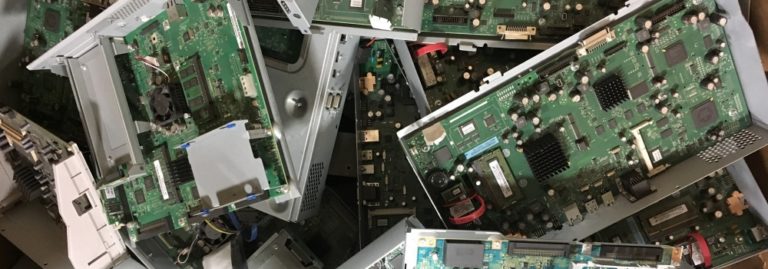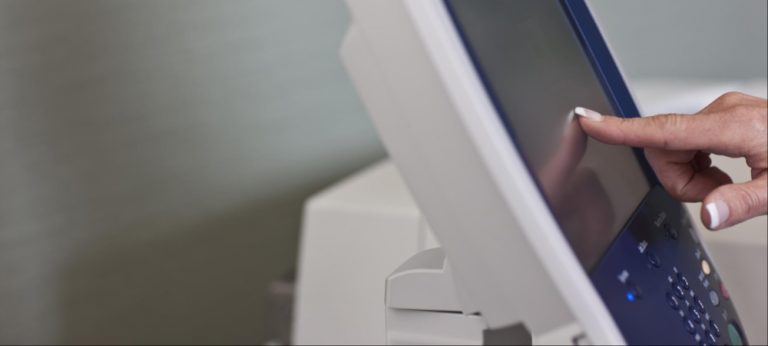By Kerry Doyle

In the pre-digital era, most organizations that needed document replication had a copy machine rented from Xerox. At that time, the graphics market was centered around equipment rental based on a serial number and having one company for delivery, installation, and service. We’ve come a long way since then.
Today, supply chain modernization has led to increased efficiency, enabling companies to focus more on procurement and increasing the value proposition for their customers. In the case of Xerox, that modernization journey has involved a steady transition from its original machine-centric focus to a comprehensive customer-service model.
“Our goal has been to move off these old systems,” says Robert Davis, vice president of Global Business Systems at Xerox. “We now have the ability to meet the needs of our customers across a whole array of services, software, consulting, and technology. And we have the ability to package, bundle, and move products to customers in different locations and regions in the most cost-efficient way.”
Procurement Solutions from Xerox
Xerox can improve the transparency on your procurement spending, align it to your corporate strategy and, ultimately, reduce costs. Learn more about Xerox Procurement Solutions.
Currently, it’s common for companies to move rapidly across lines of business and to require different services. Xerox is an example of an organization that’s achieved a high degree of flexibility, which enables it to provide a broad array of those services.
Xerox now offers global services from claims reimbursement to processing credit card and public transportation transactions — in addition to producing digital publishing systems. The modernization process at Xerox has required commitment at the highest levels of the organization.
As you begin taking your own steps, here are key areas to consider:
Standardize Globally Around a Set of Processes
Standardization enables a supply-chain company to manage a customer order most efficiently. Documenting best practices, from procurement to shipping, and requiring a workforce to follow established procedures are critical. They enable companies to eliminate any steps that lack added-value features for the customer.
With established, well-tested procurement procedures in place, organizations can then offer degrees of variability to meet their clients’ changing needs. “At Xerox, standardization has enabled us to do a variety of things for the customer within each of those different steps, based on the best value proposition for that customer,” according to Davis.
Transition to a Single IT Infrastructure
For many organizations, the size of the clients they provide services to often varies widely, ranging from SMBs to large enterprises. Having a single infrastructure in place for information technology can be crucial for meeting such diversity and ultimately provides more flexibility, not less. It ensures that all procurement processes will remain consistent, whether regionally or globally.
Consistency also means that the appropriate capabilities in a supply chain are applied at the right time to ensure the placement of the correct inventory where and when it’s needed.
Automate the Supply Chain Infrastructure
Automation is a key outcome of standardizing processes and it can generate enormous amounts of useful information. Many companies then use some form of an automated purchasing tool along with data analytics to capture key statistics.
How they explore that information can be invaluable. Organizational leaders can use that knowledge to make more informed decisions that often effect a broad array of policies. In the case of Xerox, it has been steadily transforming its procurement processes for a considerable amount of time.
“As a result of modernization, we’re more responsive and able to provide more services to our clients than in the past. We do this at a more competitive cost point and we do it more reliably,” adds Davis.
Subscribe to this blog and receive email updates when we publish a new article.




Technology is growing rapidly, and I’m sure it will continue to grow in the next few years! Thanks so much for sharing these tips.